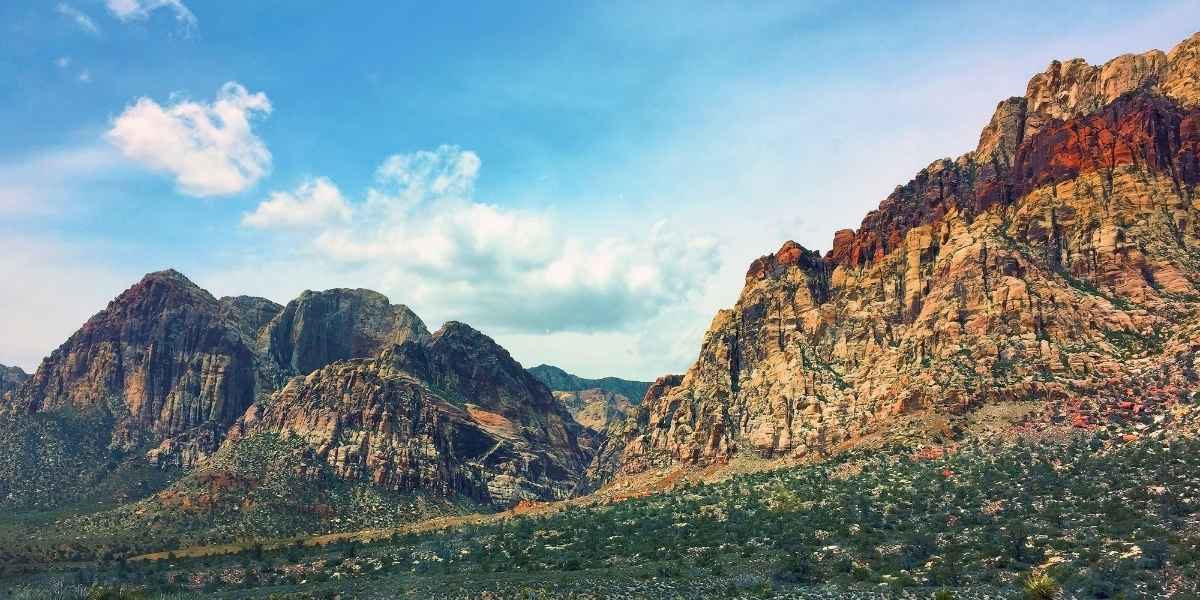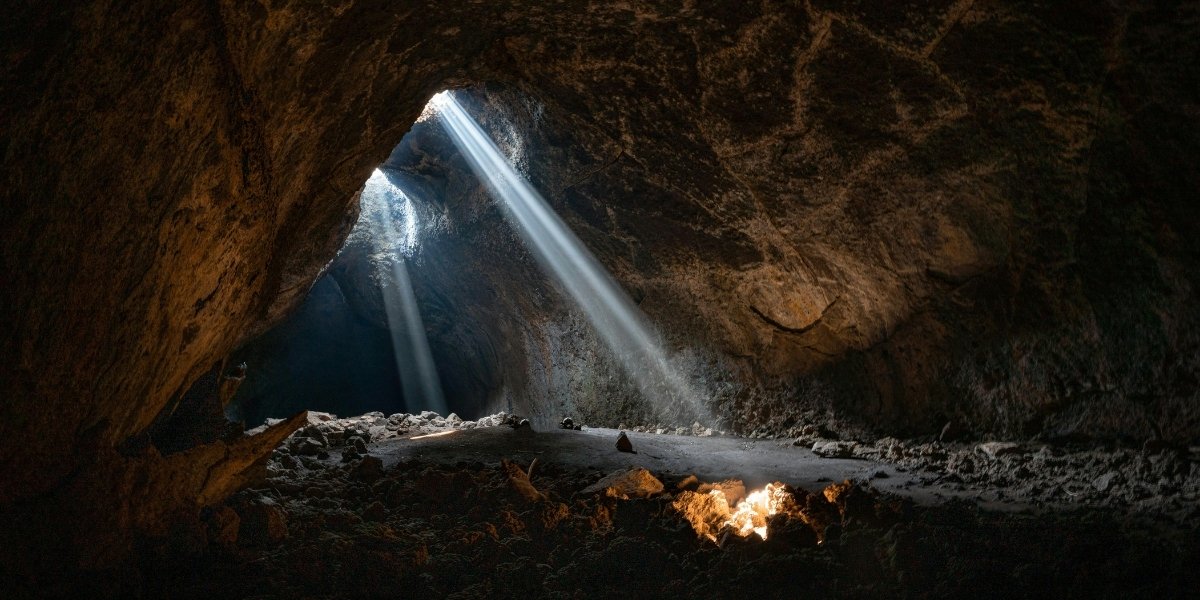The Mojave Desert, stretching across parts of California, Nevada, Arizona, and Utah, is one of the most iconic and rugged landscapes in the United States. Known for its extreme conditions, it is a place where beauty and resilience meet. This desert, despite its harsh climate, teems with life, from unique plants and animals to resilient human communities. Understanding the Mojave Desert requires more than just knowledge of its geography; it calls for an appreciation of the forces that shape this dry, stunning environment.
Read Also: Escape Las Vegas: Amazing Day Trips & Excursions
What Makes the Mojave Desert Unique?
The Mojave Desert is renowned for its distinctive landscapes, which include vast stretches of sand dunes, rugged mountains, and stark, dry terrain. It is one of the driest deserts in North America, with an average rainfall of just around 4 to 5 inches annually. This extreme lack of water shapes the way life survives in the Mojave. Joshua trees, a symbol of the desert, are among the most notable plant species here. These unique trees, with their twisted branches and spiky leaves, grow in a habitat that few other plants can endure.
In addition to its flora, the desert is known for its wildlife, which has adapted to survive in extreme conditions. Animals like the desert tortoise, coyote, and bighorn sheep thrive in the Mojave by employing unique survival strategies, such as being nocturnal or digging burrows to escape the heat. The desert’s vastness and isolation have made it a haven for species that are found nowhere else, making it a critical area for conservation efforts.
Beyond its natural features, the Mojave Desert is home to geological wonders that offer insights into the Earth’s history. The desert floor is dotted with ancient rock formations, salt flats, and volcanic craters that tell the story of the region’s dynamic past. Visitors to places like Death Valley National Park and Mojave National Preserve can witness the desert’s geological diversity, which ranges from towering sand dunes to rugged mountain ranges, providing a striking contrast to the surrounding landscape.
How Do Lifeforms Thrive in Such an Arid Environment?
Survival in the Mojave Desert is a testament to the resilience of life. Despite the arid conditions, life here has found innovative ways to thrive. Plants like the creosote bush and cactus have evolved to conserve water and survive in the dry soil. Many of these plants store moisture in their tissues, allowing them to withstand prolonged periods without rain. The creosote bush, for instance, can live for hundreds of years, forming thick, resinous leaves that minimize water loss.
For animals, the Mojave’s extreme temperatures—often exceeding 100°F during the summer months—pose significant challenges. Many species here are nocturnal, becoming active during the cooler night hours. The kangaroo rat, for example, emerges after sundown to forage for seeds and plants, avoiding the intense daytime heat. Some species have adapted to survive on minimal water, extracting moisture from the food they eat rather than from drinking directly.
The Mojave Desert is also home to a variety of adaptations that support life through seasonal changes. During the cooler winter months, some species hibernate to conserve energy, while others, like the Mojave green rattlesnake, become dormant during the hottest parts of the year. These survival strategies ensure that life in the Mojave Desert is not only sustained but also flourishes under the harshest of conditions.
What Role Does Human Resilience Play in the Mojave Desert?
While nature’s resilience is evident throughout the Mojave Desert, so too is the human spirit. The desert has long been home to indigenous peoples, such as the Serrano and Chemehuevi, who have adapted to the region’s tough environment. These groups used a deep understanding of local plants and animals to create shelters, find food, and survive in the challenging conditions of the Mojave.
In modern times, the Mojave Desert continues to attract individuals and communities who seek to live in harmony with its environment. Desert dwellers often rely on renewable energy sources like solar power, taking advantage of the abundant sunshine. Cities like Las Vegas and Palm Springs have transformed the desert into thriving urban centers, with creative solutions for water management and environmental sustainability.
Human presence in the Mojave also presents challenges. The desert faces threats from urban sprawl, mining activities, and climate change, which can alter the delicate balance of this fragile ecosystem. Conservation efforts are increasingly important as human activities and environmental pressures continue to intersect with the desert’s natural systems. Organizations and local governments are working together to protect the desert’s unique habitats and promote responsible development.
How Does the Mojave Desert Contribute to Our Understanding of Nature?
The Mojave Desert offers profound insights into the resilience of nature and the ways ecosystems adapt to extreme conditions. Studying this desert helps scientists understand how life on Earth has evolved to survive in some of the harshest environments, shedding light on climate resilience and adaptation strategies that could be crucial in the face of a changing climate.
Researchers are also drawn to the Mojave for its biodiversity and the many species that inhabit the area. The desert’s flora and fauna provide valuable data on evolutionary biology and the survival mechanisms of species in arid environments. The desert also serves as a living laboratory for studying the effects of drought, heat, and minimal water availability on ecosystems, offering critical knowledge that can be applied to other arid regions around the world.
In addition to its scientific importance, the Mojave Desert continues to inspire artists, writers, and explorers. Its stark beauty and silent expanses have been immortalized in works of art and literature, capturing the essence of its arid landscapes and the resilience of life. As more people connect with the Mojave, whether through research, conservation efforts, or simply visiting, the desert’s significance continues to grow.
Read Also: Las Vegas: A Premier Film Destination with Diverse Landscapes
Why Is the Mojave Desert So Important to Conservation Efforts?
The Mojave Desert is a critical ecological hotspot that requires continuous conservation efforts. The desert’s unique ecosystems support a variety of rare and endangered species, many of which are adapted to its extreme environment. The Mojave Desert Tortoise, for example, is a species that has been classified as threatened due to habitat loss and other environmental pressures.
Protecting the Mojave means preserving a landscape that supports not only diverse wildlife but also human communities. Efforts to conserve the desert include the establishment of national parks, wildlife refuges, and conservation areas that protect both the natural environment and the species that call it home. Furthermore, initiatives aimed at sustainable development and environmental education are crucial to ensuring that the Mojave remains a place of natural beauty and ecological importance.
With climate change posing new challenges to desert ecosystems, the Mojave’s future depends on continued cooperation between conservationists, local communities, and governmental bodies. The desert’s resilience is a reminder of the strength of nature, but it is also a call to action to preserve its unique ecosystems for future generations.








